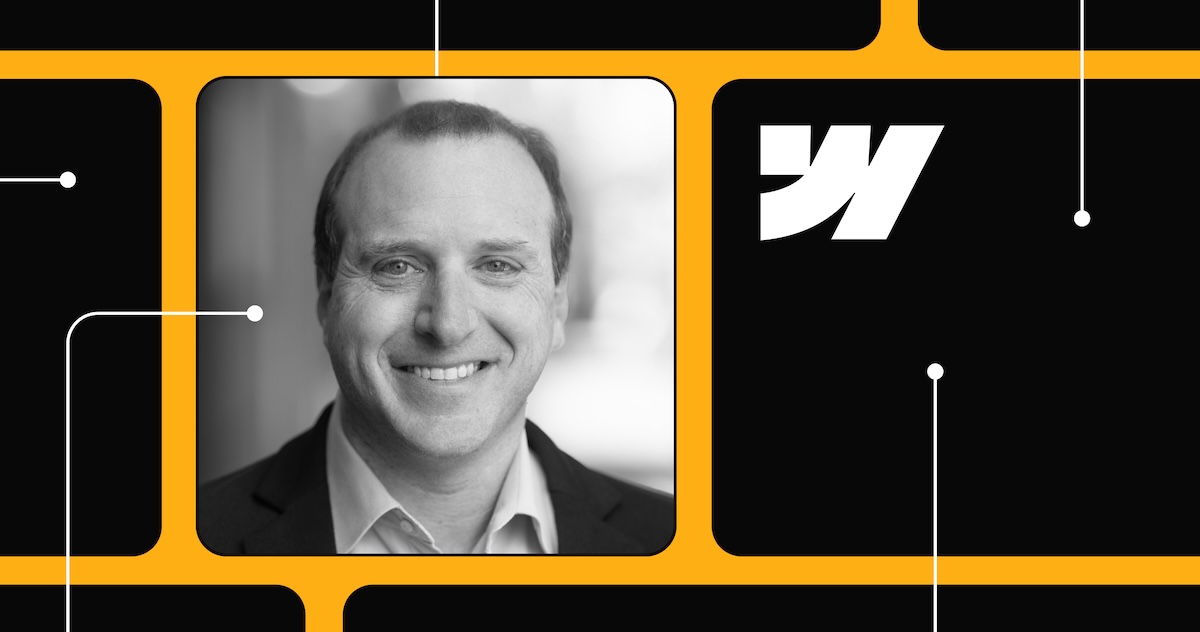With over 20 years of experience as a product, engineering, and design leader — we’re excited to announce that Rachel Wolan now joins us at Webflow as our new Chief Product Officer (CPO).
As Webflow continues on our rapid growth path and our mission to bring development superpowers to everyone—Rachel and the product organization will play a key role in pushing Webflow's innovation and products forward.
Prior to Webflow, Rachel served as Vice President and General Manager of Dropbox’s Core Business, where she helped Dropbox go multi-product and built products for over 700 million users worldwide across 220 countries. During her tenure she also led Dropbox’s AI strategy, including the acquisition of search startup Command E.
Additionally, she’s supported private and public companies through profitability and hyper growth — managing engineering, product, data, and design teams at LiveRamp, Euclid, and Talkdesk.
Rachel also serves as a mentor at UC Berkeley and is an angel investor for pre-seed, seed, and series A startups across SaaS, AI, and security industries.
We recently sat down with Rachel to discuss her product philosophy and vision, why she’s excited to join the team, and what she sees next for Webflow.
For more, check out the press release here.
Kicking things off, we’d love to learn more about your background and your career.
The last couple of decades I’ve spent building out large SaaS businesses. During that time, I’ve led everything from product management to design to engineering to data. When it comes to product, my expertise lies in product-led growth and direct sales motions, and building products that support those, such as analytics and workflow products.
The last eight-plus years in particular, I’ve focused primarily on AI-powered workflow products and ran the AI group and led an AI acquisition during my time at Dropbox.
What excites you about Webflow?
Back in college, I built websites for a living. I worked on sites for everyone from agencies, to major museums, to the National Parks Association — you name it. And it was painful. To start from scratch, build something custom for those sites, and collaborate across a bunch of different entities that were not necessarily in the same company — there was so much friction and it was incredibly slow.
That's the challenge when you're writing code or designing something: you want to get it out and see how people interact with it, but then you have ten different steps to actually get it out the door and get it published — and it hasn’t really changed over the years.
As someone who’s worked on a lot of professional websites for clients and gone through these pain points first-hand — I immediately gravitated towards Webflow as a product and how it eliminates so much of that friction.
Webflow is an opinionated and superior way to build a website that is abstracted from the code, but you have confidence in what you're shipping. And beyond that it’s so extensible.
I recently was playing around in Webflow and built a fairly complex job board website. I used three different off the shelf, no code products to programmatically populate that job board. And I was able to do it in a weekend. This is something that probably would have taken me a month to build custom. It was amazing.
The way that Webflow has built itself as an extensible platform is very different from pretty much any other product that's on the market. The Sitecores, the Adobe Experience Managers — they're all very much built as this kind of monolith where you can only use their product from end to end, or you don't at all.
The flip-side of that is the WordPresses of the world, where everything is highly custom and needs to be cobbled together, often requiring developer support every step of the way
With Webflow, you have the best of both worlds where you've got an opinionated way to build, but it is also extensible and platformizable. And to me, that's what anybody who's building a website these days should want.
I’m so excited to continue to innovate and bring more of this to our customers as we move forward into 2024.
What’s your approach when it comes to leading a product organization and strategy?
The number one thing I really think about is “how do you turn PMs into GMs?” Meaning how do you empower your team to think holistically across the product. This means that it's not just about the product, but it's about understanding what are all the edges around your organization that your product touches and how you are subsequently orchestrating and managing those edges across the organization. And most importantly, how PMs can own the impact of their products with their customers and operationalize success.
Say we're bringing something to market. Beyond the product, you need to ensure that the marketing plan is interlocked with the product-led growth motion as well as with the marketing-led and sales-led motions.
It’s also about how to marry product-led and sales led growth-motions. A lot of times we think about them as very discrete products and motions, but in reality, it’s the same customer and user, and the motions need to work together in a complementary and seamless way.
As a CPO, I think it’s so important to think this way and encourage the greater product team to think “distribution first.” Being a GM for the last three and a half years has given me very clear insight into how we can build products for impact.
AI is such a hot topic right now in the tech space. What’s exciting you about it and where do you see it going in 2024 and beyond?
AI is in this very interesting place. It’s been everywhere in the last year or so — but really we're just in the first inning of how AI is going to impact workflows — which is where I see it headed next.
At Dropbox, we focused on how users could use our AI tools to manage and retrieve their file-based and cloud-based content in order to improve their workflows. Though the products are different — there's actually a lot of similarities between Dropbox and Webflow when it comes to AI. Like Dropbox, Webflow has a real opportunity to continue building AI capabilities to make it easier to collaborate across teams, departments and companies and speed up how people work together and build websites every single day.
When it comes to the industry at large, one of my favorite use cases of generative AI has been GitHub Copilot. Not only does it allow experienced developers to eliminate more laborious tasks like writing unit tests, they’re able to essentially take somebody who's never coded before and turn them into a 10x engineer with AI-generated prompts and code suggestions.
We're in a really exciting chapter with AI. I’m excited to build on the great work our team has already done, and bring it natively to Webflow users in their everyday workflows.

Get started for free
Create custom, scalable websites — without writing code. Start building in Webflow.































